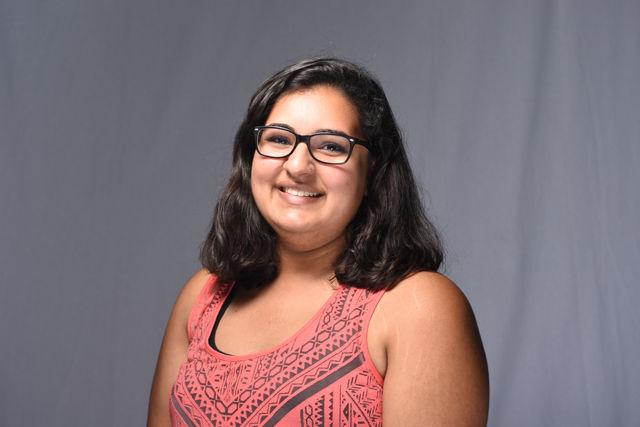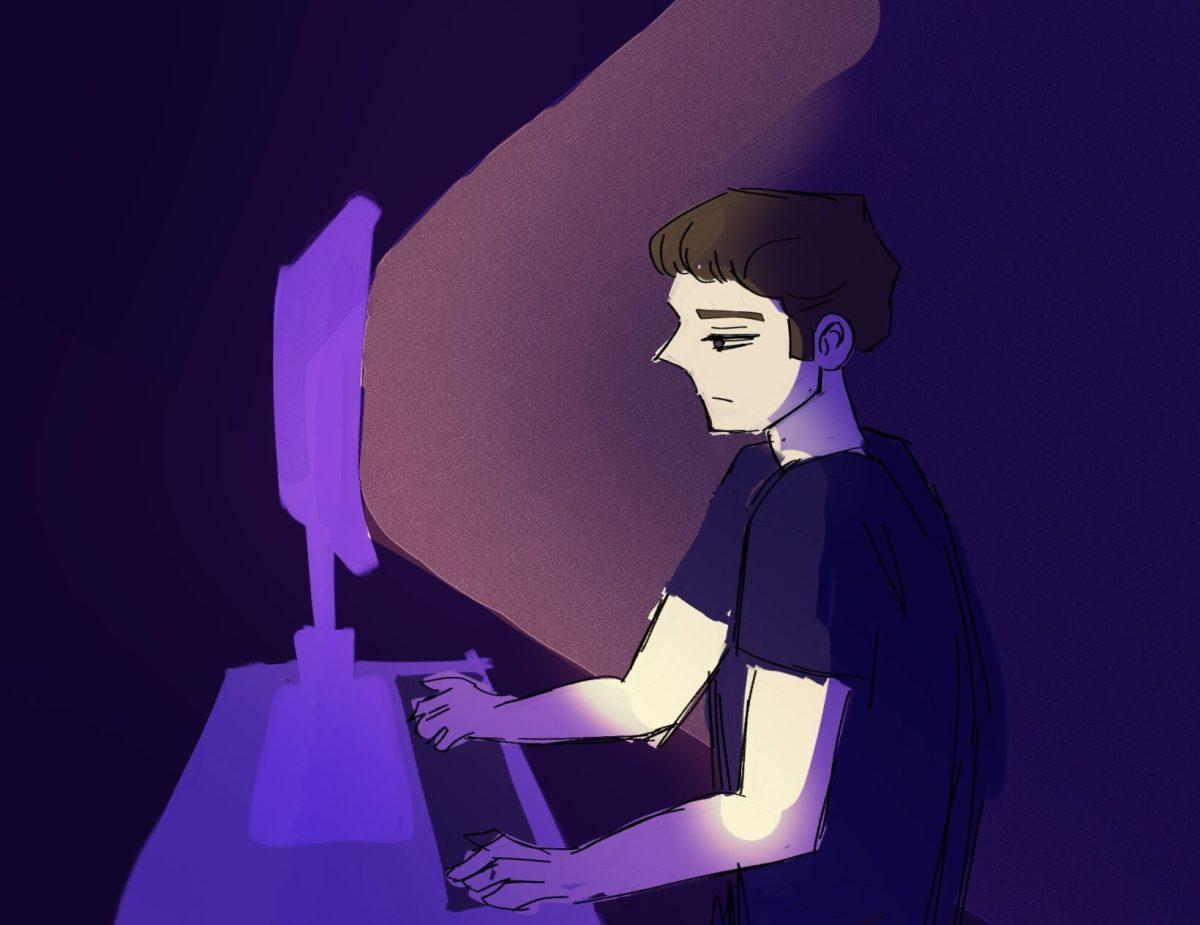In November of my freshman year at NC State, a grand jury in Ferguson, Missouri cleared Officer Darren Wilson of all charges in the case of his unwarranted murder of unarmed black teenager Michael Brown. The decision sparked national outrage, leading to protests and even riots on the streets of big cities and on college campuses across the nation.
UNC-Chapel Hill students organized a die-in in their Pit, the central spot on their campus. North Carolina Central University, an HBCU, marched through the streets of downtown Durham, briefly stopping traffic on the northbound lanes of the Durham Freeway near the Durham Bulls Athletic Park. NC State also organized a fairly successful protest march and live graveyard with almost 100 students gathering about two weeks after Darren Wilson’s verdict was released.
NC State, as a university institution, has a problem with uniting, organizing and mobilizing in support of or solidarity with other, sometimes larger, movements. There have been one or two recent successful examples of student gatherings, such as the live graveyard protest in December 2014, and, more recently, the blackout protest and die-in this past Friday.
Although we’ve seen two successful gatherings within the last two years, the fact remains that for the most part, organizing and mobilizing is not a strong point at our university. This could be because of a glaring lack of a common meeting place on our campus similar to the Pit at UNC-CH, a lack of understanding on how to organize the masses, or because of an administration that is unwilling to support its students when they need it most.
As a student of color at this school, I have witnessed, as well as experienced firsthand, the kind of racism that runs rampant through campus like a disease. Sometimes it’s unintentional, stemming from the offender’s lack of education and self-awareness about such topics. Sometimes, though, it comes from genuine prejudice, bigotry and perceived superiority.
According to the NC State Office of Institutional Equity and Diversity, out of the approximately 34,000 students enrolled at NC State in both graduate and undergraduate programs, 6.4 percent are black or African-American, compared to approximately 66 percent of white or Caucasian students. This number is tragically disproportionate, considering that 22.1 percent of the state of North Carolina’s population is African-American, according to the U.S. Census Bureau.
The bottom line is that a university that remains silent in the face of a national epidemic disproportionately targeting a single group of people is a university that is essentially supporting the problem. A post surfaced on the Wolfpack Students Facebook page this week, showing screenshots of a GroupMe conversation riddled with hateful racial slurs, sexism and white supremacist ideals.
Although two of the involved students apologized, the damage was done, and the actions proved that intolerance is still extremely prevalent at this school, and will continue to be prevalent until the administration, faculty and staff make more of an effort to show students their support.
Students cannot and will not feel welcome at a school that refuses to put their well-being first and foremost in their priorities. Until this university comes forward clearly and staunchly in support of their students of color, who are scared, grieving and emotionally beaten down, the freedom of these students on this campus, and in this country, will forever be conditional.
A version of this article appeared in print on Sept. 29, 2016 on page 8 with the headline: Diversity is a mindset, not just a number.














